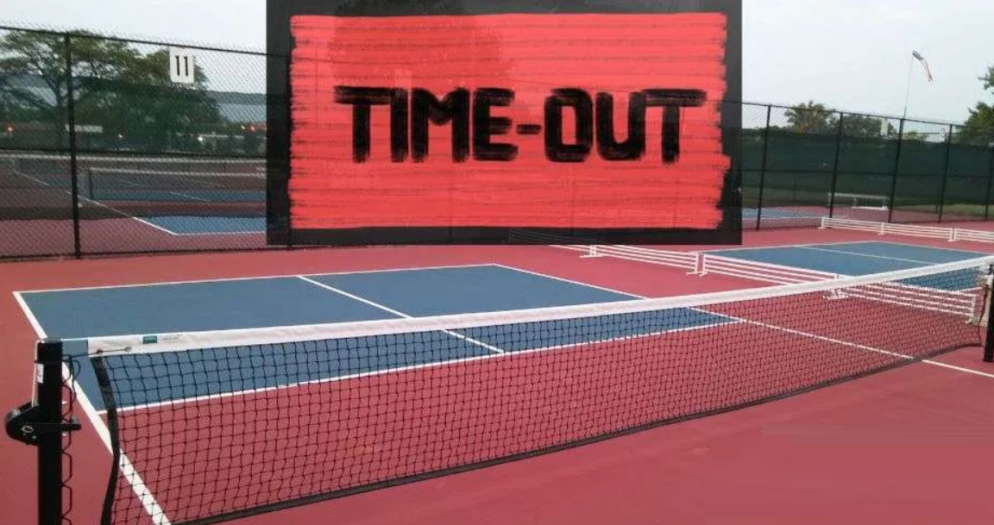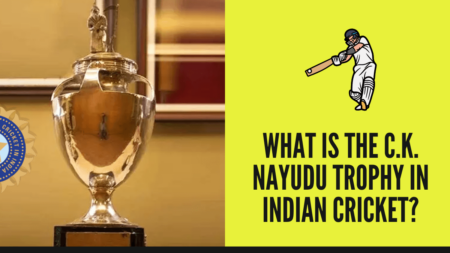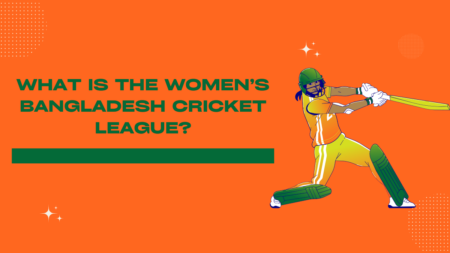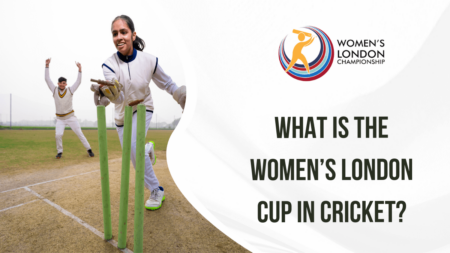

Pickleball is a paddle sport whose popularity has risen tremendously in the last decade. But along with the rising popularity, the number of pickleball players and the injuries that they suffer from has also increased.
The American Academy of Orthopedic surgeons reported a rise in bone fractures in Pickleball players by 200% in the last 20 years. Furthermore, UBS analysts stated that pickleball injuries generated $350 million in medical costs in 2023. Future predictions by analysts from peer-reviewed journals have states that the number of sprains, strains and fractures by Pickleball players is bound to increase by multi-fold in the coming years.
Professional pickleball players stand a chance to be victims of such injuries if they have not gone through rigorous pre- and post-match workout routines. Furthermore, the physical toll carried by the sport can make these players vulnerable to skeleto-muscular ailments.
During a professional Pickleball match, a player is allowed one medical timeout of 15 minutes. If a player opts for a medical timeout, then the umpire starts the official timer. If a player’s medical concern is solved before 15 minutes, then the remainder of the time is lost and the player cannot avail another medical timeout.
When a player is to be carried or transported off the court to receive treatment, then the timer is stopped. The player must be ready for play before the timer reaches 15 minutes once he or she is back on court. If the player’s medical concerns are not solved within 15 minutes, then the umpire can declare the player retired and the opponent is declared the winner.
A medical timeout in Pickleball can also be combined with a standard timeout that is allowed during a match. This timeout can be used once in the match and usually lasts one minute. If a medical timeout is asked for during this period, then a player gets 16 minutes in total to recover.
Medical timeout in Pickleball thus allows sufficient healing time for the player to increase their chances of resuming the match.




